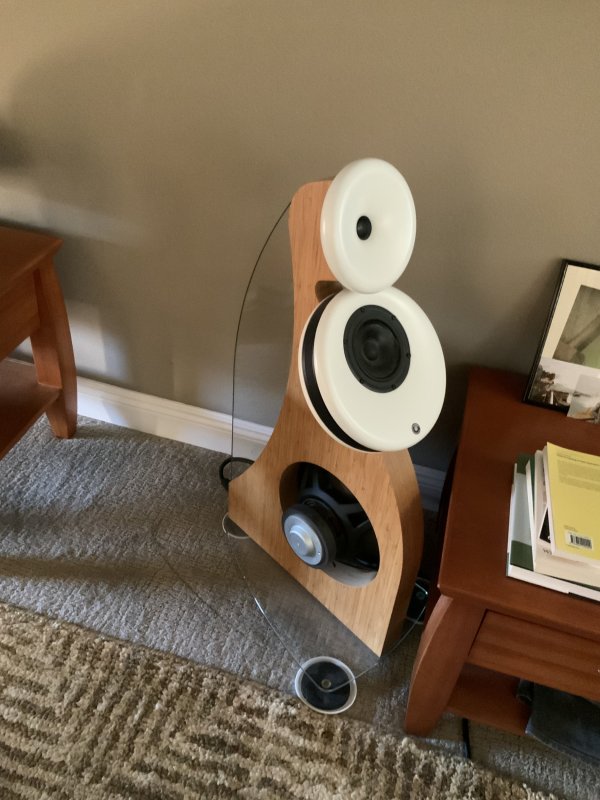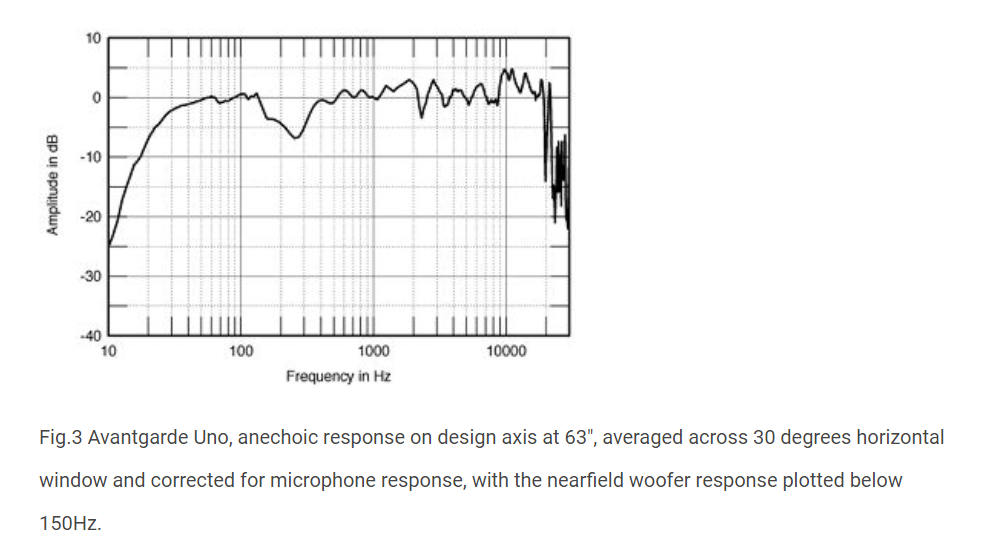Fantastic and fascinating! Will look forward to your description of the journey, Mike. I'll also bet you'll have a lot of fun doing this.as the long time poster boy for an all analog signal path, i've now gone over to the dark side of dsp.
no; not in my 2-channel room. in my Home Theater. sure; in HT everyone is using dsp for multi-channel movie soundtracks, and maybe some music only on the side. no big deal. but i've just purchased a super uber Trinnov Altitude 16 dsp processor. and i plan on listening to music in my Home Theater room for the first time. i want to see how close dsp, done right, can get to the realism of ultimate analog 2-channel.
my Home Theater room is not nearly as over-the-top as my 2 channel room, so it won't be able to go head to head in terms of speaker and amplification quality. but it won't be chopped liver. and those who think multi-channel executed correctly can surpass high level 2 channel can see how that goes.
the audio side of the system will use streaming Roon, an Oppo 203 disc player, plus a Kaleidascape movie server as sources, the Trinnov for the processor, a 9.3.6 surround speaker set-up with 3 Funk Audio 18.0 subwoofers. i will have to do some room treatments in that room to get it right, and i plan on employing a professional set-up guy to optimize it once everything is in place.
will the dsp experience compete for dedicated music-only listening? or will it still be movies and Foley stages only?
i'm hoping that this set-up takes me to a new musical place not otherwise accessible.
note; 16 years ago, i built my 2 channel room as a 5.1 music room, with 5.1 multi-channel SACD's as my source. i made the room wide so i could have rear channels at the correct angles, put conduit in the floor for cables, then invested in the speakers and electronics to do it. 18 months later, when i realized my vinyl seriously kicked multi-channel's butt, i tore all of it out and did not look back.
that was zero dsp multi-channel that could not compete.
here i am again. with ultra dsp.
Marty








